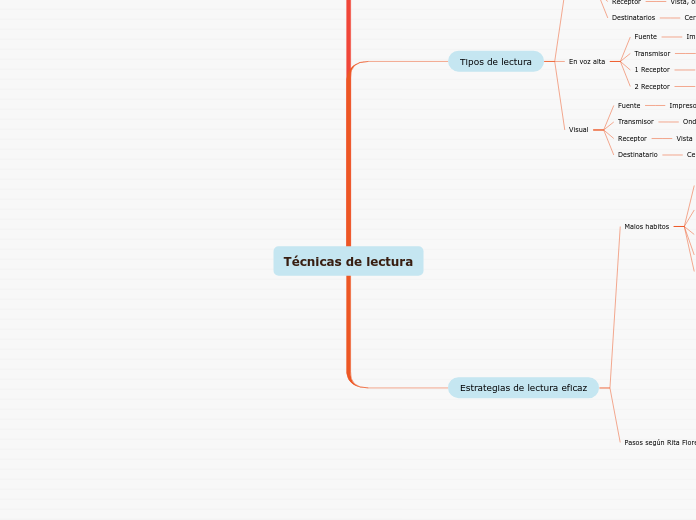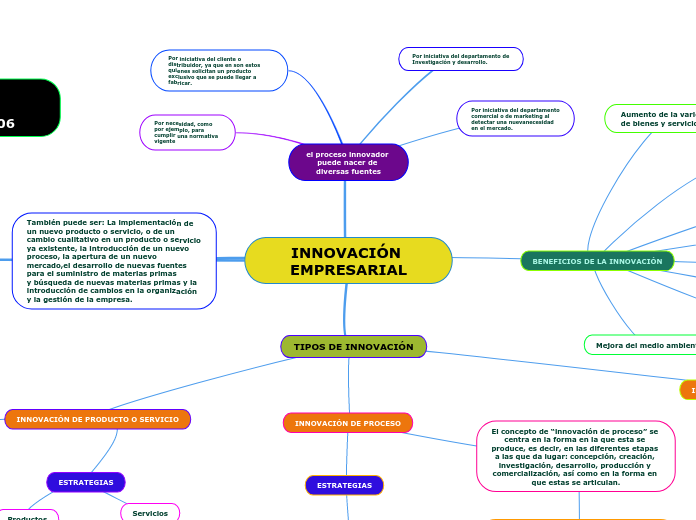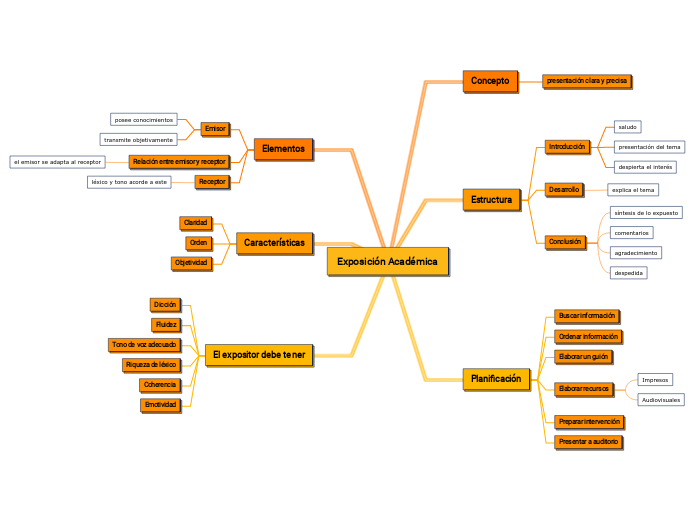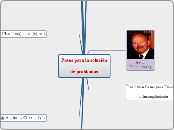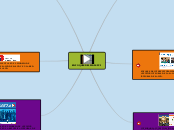Técnicas de lectura
To name your story, you have to think about the overall message and what you want your audience to understand from the story. Also, make it relevant and easy to remember.
Estrategias de lectura eficaz
The ending of a story is essential. We all know that if the ending is weak, what happened before loses its importance. So make it unpredictable, but fair. A resolved ending answers all the questions and ties up any loose threads from the plot.
Pasos según Rita Florez, para un lectura eficaz
This is the closure section of the story.
See examples of possible outcomes below:
- all problems have been solved
- it's clear how each one of your characters ends up
- your main character is transformed by the challenge
Practicar
Try answering these questions in order for you to come up with a closure:
- Have all problems been solved?
- Is it clear what happens with all your characters in the story?
- Has the challenged transformed your main character?
- How do the characters feel in the end?
para aprender a leer hay que leer y practicar una y otra vez técnicas como estas.
Aprender técnicas básicas de lecturas
Después
Con todos los títulos, subtítulos e ideas, hacer un resumen del texto.
Por cada título y subtitulo derivar idea principal y secundarias.
Volver a leer el texto, nuevamente los títulos y subtítulos.
Durante
Tomar notas, hacer notas en el texto o subrayar si el texto lo permite.
Tener plena concentración en el texto
Evitar los malos hábitos lectores.
Antes
Revisar tablas y gráficos del texto.
Leer el sumario o conclusión del capítulo que aparece al final.
Leer rápidamente el encabezado después del título.
Establecer una relación entre ese capítulo y los otros, mediante una consulta y el contenido, o establecer la relación entre el título y los subtítulos del texto.
Leer el título del capítulo o del texto.
Aislar el problema
Try answering these questions to come up with a closure:
- Have all the problems been solved?
- Is there a clear picture of what happens with each character in the story?
- Has the challenge transformed your main character?
- How do the characters feel in the end?
Identificar si tiene alguno de los malos hábitos, pero también identificar si se tiene un problema visual que le impida hacer una lectura efectiva o alguna dificultad con el lenguaje.
Malos habitos
This is the moment when the main character surpasses the last obstacle and finally faces their greatest challenge.
The climax usually follows one of these patterns:
- realization
- resolution
- choice
Type in your answer.
Condiciones medio-ambientales
Lectura en condiciones favorables para la lectura
Vocabulario deficiente
Enfrentar a temas nuevos y quizás desconocidos
La subvocalización
Pronunciar las palabras emitiendo sonidos o que lo haga mentalmente.
La vocalización
relentiza el proceso de lectura; naturalmente cuando vocaliza para leer
La regresión
lee una y otra vez el mismo párrafo o incluso la misma frase
Tipos de lectura
The middle of the story is where you add layers of complications that will lead to the end. Reveal more about the character's journey. Did their personality go through changes? How did they overcome the challenges? And as you build up the story’s central conflict, make it more personal to that character. Also, from the middle act, you have to lead into the final act.
Visual
There wouldn't be any tension and excitement in your story if there weren't any obstacles in your character's way.
Destinatario
Vista
Ondas luminosas
A story is nothing more than a character overcoming a series of difficulties to reach the desired goal. Obstacles usually create suspense and conflict. In overcoming obstacles, there is growth: weak becomes strong; hatred turns into love; sadness into happiness; wrong into right; lies into truth; or evil becomes good.
See a few examples below:
- stopping a meteor
- finding a killer
- finding love
Impreso, memoria artificial,
En voz alta
Your character(s) need(s) motivation in order to solve the challenge(s).
2 Receptor
Cerebro, destinatario, oyentes.
1 Receptor
Secondary characters also might have motivs beacuse of which they may cross path with main character or which might trigger them to help the main character.
Secondary characters might also have motives that lead them to cross paths with the main character or which might trigger them to help the main character.
Why does your character need to confront this challenge? What does he/she expect to accomplish by solving it?
See a few examples:
- will marry in 3 days
- can fix the mistakes of the past
Impreso
Oral
Each story has a main character and that character usually needs to solve a problem or challenge. The character's challenge is the one that creates tension throughout the story.
Destinatarios
Cerebro, memoria individual
Receptor
Vista, oido
Transmisor
Type in any other challenges which other characters in the story need to face.
Ondas luminosas, cuerdas vocales
Fuente
In most stories, there are 3 challenges. The number 3 is a mystical number symbolizing completeness. Try to come up with interesting challenges with which your character needs to struggle.
See a few examples below:
- turns into a werewolf at night
- is sent back in time
Impreso, memoria, artificial
¿Qué es leer?
In the beginning of the story (or the exposition), you will need to introduce the setting and characters. You might also want to introduce the main conflict. This part of the story is important because it gives the reader necessary background information and maybe even a first insight into a character’s personality.
Leer se entiende como el proceso a través del cual se da sentido a la escritura, interpretando sus símbolos y signos
Characters are essential to a good story. Usually, the protagonist(s) is/are the most affected by the plot. Introduce a character by focusing on their actions, interests, and occupation, as the physical appearance doesn't make a difference in most cases.
En la practica
Type in the name of your character.
la comprensión de un texto es un proceso complejo que requiere otras habilidades cognitivas como, por ejemplo, la concentración, memorización, deducción, inducción, capacidad de síntesis etc.
Choose the type of your chacter:
Protagonist (main character)Antagonist (main character's opponent)Flat (stereotypical character)Round (his/ her personality develops throughout the story)Static (doesn't evolve as a person throughout the story)Dynamic (dramatical change in personality)Confidant (the main character trusts him/ her)Foil (contrasting character who enhances the personality of another character)Other
